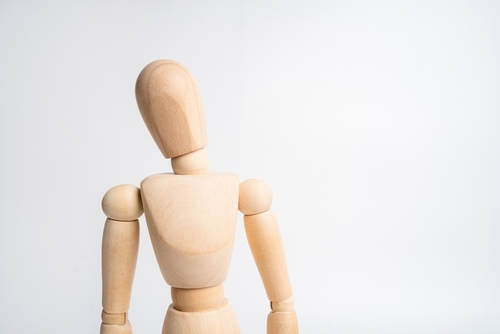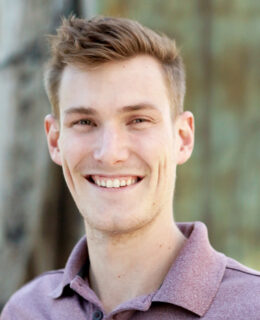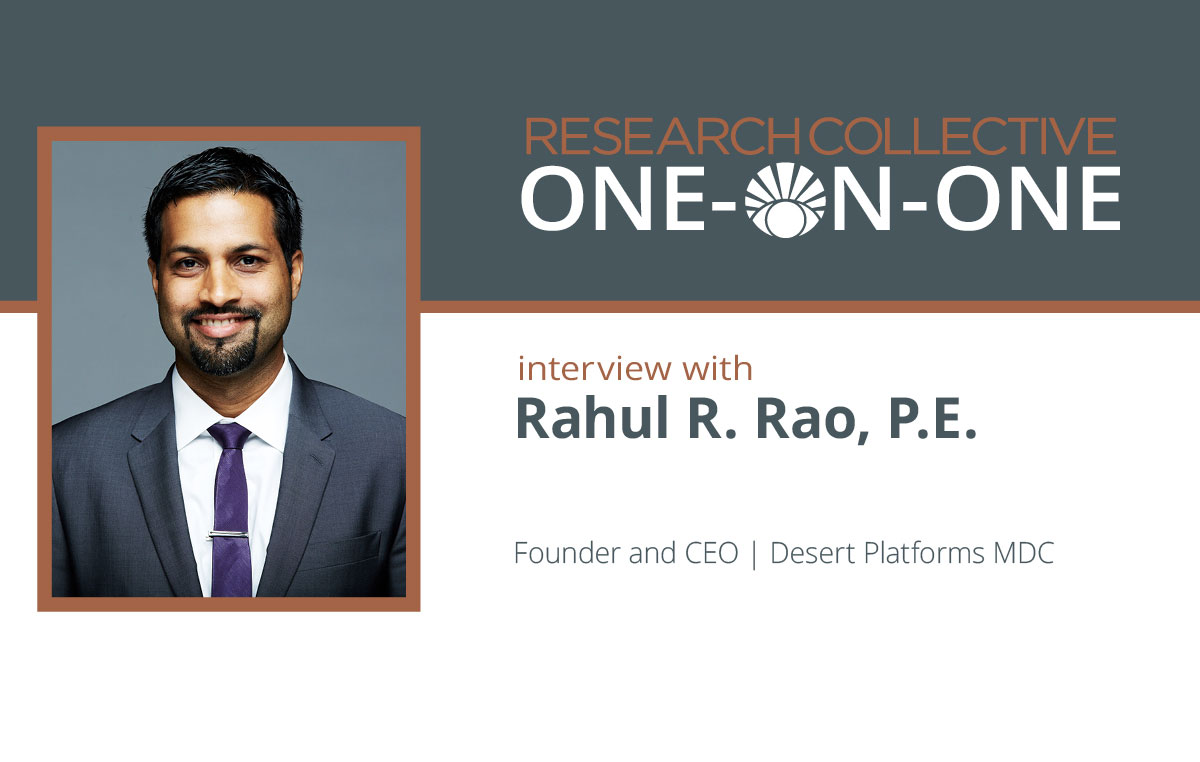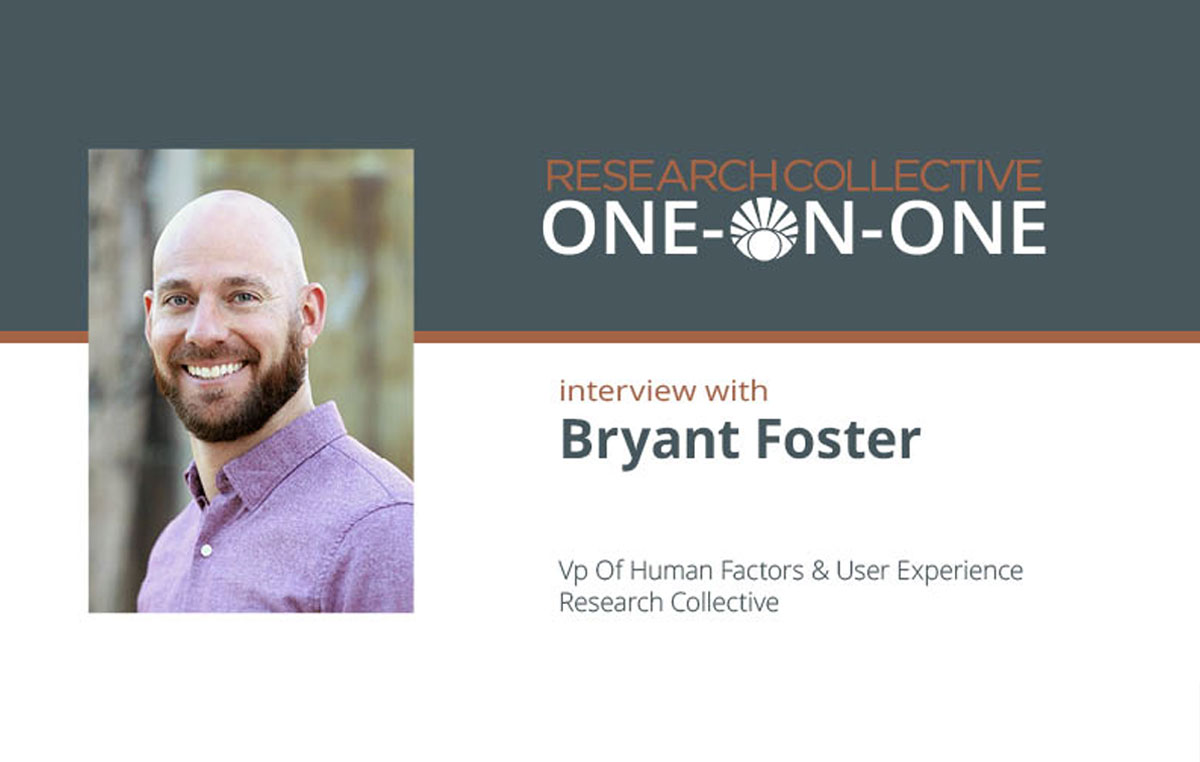Introduction
We are getting 2019 off to a great start by speaking with Mike Becker of Illumina! Based in San Diego, CA, Mike is a Human Factors Engineer for one of the most prominent biotechnology companies in the US.
We are super excited to have Mike kick this year off. Among other things, Mike’s interview covers various topics such as his experience at Illumina and his go-to research methods.
Russ: Welcome! What is your background? How did you get into human factors?
Mike: My path to Human Factors was not straightforward. I earned my bachelor’s degree from Eckerd College in St. Petersburg, FL. I majored in East Asian Studies, and double minored in International Business and Japanese. I decided in my senior year that I might not want to do International Relations work after all.
After graduation, I started getting into web design. I liked designing and building web pages, but when I learned about the User Experience Design field, it struck a chord with me. I managed to land an internship at Illumina as a UX Designer, but I quickly found I wanted to understand why one design might work better than another.

As my internship was ending, I applied to a few graduate schools, and was admitted to ASU’s Applied Psychology program. Once at ASU, I had a revelatory moment in Russ’ Human Factors class. As I learned about human perceptual, cognitive and ergonomic abilities, and their implications for the design of systems, I realized this was the stuff I really wanted to learn, and I haven’t looked back.
Russ: What is it like working at Illumina? What is your favorite part about working there?
Mike: Working at Illumina is like drinking from a fire hose, with all the good and bad that comes with that kind of environment. It does mean I am constantly busy, working on multiple projects, and responsible for conducting research/testing, in addition to numerous deliverables required by both FDA/ISO 62366 and our internal product development process. Over the course of development, for each project, HF will heavily impact the physical instrument and consumable design, packaging design, labeling, training, and SW/GUI design. So, I always have a lot on my plate.
The upside is that in a relatively short period of time, I have learned a ton about many aspects of medical device design and development- both regulatory requirements for Human Factors (FDA and international), as well as the overall development process outside of HF. I’ve been exposed to- and responsible for- so much of the process, it would take years to get the same experience at a slower-moving company (or at least, that’s what I tell myself).
Our engineering and development staff is enormously talented, and I’m continually impressed by the creativity of their solutions to design problems, while still keeping in mind myriad external requirements. At the same time, they are very open to new solutions they maybe hadn’t already considered, with no ego. Openness and Collaboration are two of our stated company values, and it really shows here in Product Development.
Human Factors inputs are given the appropriate weight when making design decisions, which is impressive considering how highly the organization values technological innovation. Our executive leadership recognizes that despite our current market share (around 90%) and technological superiority, usability is increasingly a factor when a lab is considering investing potentially millions of dollars in our instruments and digital solutions.
Russ: Do you have a favorite project or research method you have used recently?
Mike: I probably can’t talk much about project specifics, but I will say my favorite projects are the ones that start thinking about Human Factors early in the process (i.e. before it even becomes an official project). The earlier we get involved, the more impactful our design contributions can be.
We shouldn’t be a check box at the end of a project; we’re a valuable resource throughout development (and beyond) that can catch problems before a redesign becomes too expensive. While it’s hard work when we’re in the thick of it, I find it hugely rewarding to see all the changes we’ve made to a product, and it’s especially validating when customers excitedly bring up new features or other improvements we’ve fought for.
We use a number of methods to collect data; some more often than others. A few of the most useful for me would probably be heuristic evaluations (we can even do these for wireframes or CAD models) because they’re fast and high-impact, especially early on; conducting a PCA task analysis is an all around useful tool to think through the workflow, and identify potential usability issues and subsequent design-based risk controls (which is a great starting point for a use FMEA or use Risk Assessment); but by far the method we use most is simulated use usability testing.
In almost every test, I see someone do something unexpected, and we learn so much about our users that way. I’d like to do more participatory design sessions, but it’s difficult with the confidential nature of our products, and the scarcity of local participants/representative users.
Russ: What would you tell someone looking to get into medical device human factors?
Mike: It’s important to be solid on the broadly applicable skills, like designing and conducting usability tests (or other evaluations), writing reports, presenting findings, communicating requirements and recommendations to development stakeholders, etc.
However, if you are specifically interested in medical device work, it is advantageous to be familiar with the domestic and international regulatory requirements for Human Factors involvement in medical device development. IEC/ISO 62366-1 (which describes the “what”) and IEC/ISO 62366-2 (which describes the “how”) would be my recommended starting point. Generally speaking, if your HF process is compliant with the procedures specified in 62366, you are compliant in most markets, so most medical device companies’ HF processes will (or should) reflect 62366 to some degree.
Russ: How is the human factors community in San Diego? What’s new and/or exciting about it?
Mike: The medical device HF community in San Diego is fairly small (but growing). There are a handful of MD HF veterans that seem to know almost everyone. There are also several software and defense companies here, and a pretty active UX community. Don Norman heads the UCSD Design Lab, and there are a lot of sharp students in there.
Illumina was one of the hosting locations for the San Diego Design Trek event last year, and it was awesome to see so many up and coming designers in attendance. We’ll do it again this year, as I think it was a positive experience for all involved. To be perfectly honest though, I don’t attend as many external UX or HF meetup events as I should, so I’m not as plugged in to the local scene as some of my more socially gifted colleagues.
Russ: Going forward, what are some of your goals?
Mike: Since getting hired, my goal has been to be the best HFE I can be. There is so much more to this job than knowing the grip strength limits of a 95th percentile male, or how humans process information. All of that is important and underpins much of what we do, but in a product development function, there is also a lot to learn about the broader engineering and development process.
In addition to staying current on trends in HF-related areas like research methodology, one of my goals is to fortify my understanding of mechanical and electrical engineering concepts and processes. I’d also like to learn more about quality management systems, design for manufacturability, supply chain management and process development/optimization, in addition to learning to use CAD tools.
I’m grateful to have the opportunity to work with such amazing engineers and communicating with them in their own respective languages fosters a mutual trust and respect, and it helps elicit the best design solutions. Plus, I just find those fields fascinating (especially mechanics/mechanical engineering). Eventually I’d like to develop my own products (either medical or consumer), so I’m interested in learning about all aspects of the product development process.
Mike Becker | Human Factors Engineer II | Illumina
Mike Becker is a Human Factors Engineer at Illumina. After earning his Bachelor’s from Eckerd College, Mike immersed himself in the User Experience domain and joined the Applied Psychology MS program at Arizona State University. Mikes interests include cars/driving/motorsports, mountain biking, snowboarding, video games, reading, and camping/hiking.
Russell J. Branaghan, PhD | President | Research Collective
Russ is an Associate Professor of Human Systems Engineering at Arizona State University. He also serves as Visiting Professor of Human Factors in the Master of Product Design and Development Program at Northwestern University. Prior to joining ASU, Russ spent 15 years leading human factors research teams at Hewlett-Packard, IBM, Fitch, Big Red Rooster and Lextant. Russ is founder and President of Research Collective, a Human Factors and user experience research consultancy based in Tempe, AZ.




